Memory retention is determined by output! Dr. Karpick's experiments on memory
Memory retention is determined by output! Dr. Karpick's experiments on memory

Nice to meet you! I joined the company in September 2020, and I am Torii from the Development Department.
Although I have successfully completed my month-long training program for new employees since joining Tatsuno Information Systems, there are still many things I need to understand and I am still learning every day.
Now, it is difficult to secure enough time to study while working, isn't it?
For business people, the ability to retain memory is even more important in learning, such as in corporate promotion exams, TOEIC, and qualification exams.
In this article."What is the most effective way to learn?Dr. Karpick of Purdue University in the U.S. conducted an interesting experiment on the subject.
Content
- Dr. Karpick's Experiments on Memory
- 2. Brain performance is determined by output
- 3. We recommend repetitive learning using e-learning for memory retention.
- 4. Summary
Dr. Karpick's experiments on memory.
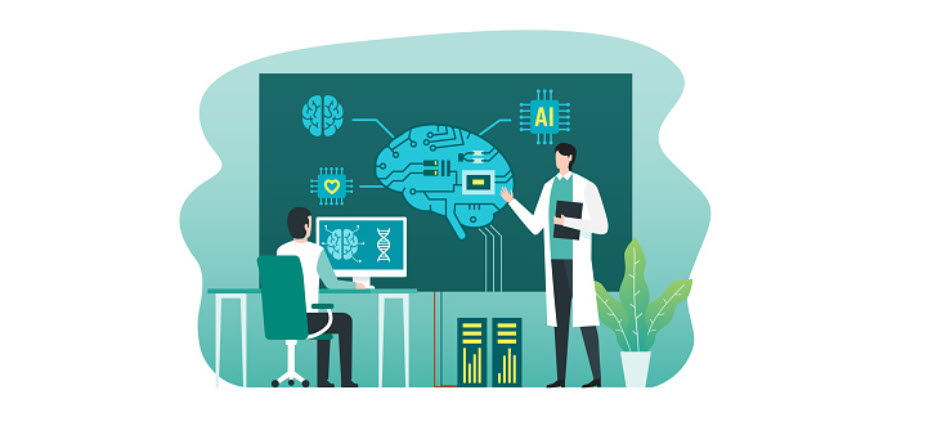
Dr. Karpick of Purdue University, USA, conducted an experiment with students at the University of Washington, asking them to memorize 40 words of Swahili.
The students were divided into four groups and repeated the following study until they had learned all the words.
Group A...
Once you have studied all 40 words, you will be tested on all 40.
Study all 40 for the second and subsequent times, and test all 40.
Group B...
Once you have studied all 40 words, you will be tested on all 40.
From the second time onwards, you will study only the words you got wrong, but you will be tested on all 40 words.
Group C...
Once you have studied all 40 words, you will be tested on all 40.
After the second time, study all 40 and test only the words you got wrong.
Group D...
Once you have studied all 40 words, you will be tested on all 40.
After the second time, study only the words you got wrong and test only the words you got wrong.

Both groups seemed to be able to remember everything after repeating it four or five times.
Group A took 100 hours, Group B and C took 75 hours, and Group D took about 50 hours.
Based on these results alone, it would seem that Group D, which studied only the questions they got wrong and tested only the questions they got wrong, would be the most efficient.
In fact, there's more to this experiment, because when we did a spot check test a week later, we found a huge difference in the learning effect!
Which group do you think still remembered more words after a week?
Brain performance is determined by output.
The four groups introduced earlier were given an unannounced test one week later and the results were as follows

What do you think?
It is easy to predict that group A, which spent the most effort, was able to do 80% and group D, which spent the least effort, was able to do 35%.
However, did you predict the results of Group B and Group C?
It may have come as a surprise to you that Group C, who relearned all the questions each time they took the test, did poorly.
The brain remembers more by output than by input.
From the results of this experiment.Memorization (input of information) is not the key to memory retention, but testing (output of memory) is.I can see that it is.
When learning, it seems to be more efficient to do repeated tests to consolidate your memory rather than just reading a reference book.
Output is a shortcut to memory retention in the brain!
Input refers to the "input" of various information into the brain, while output refers to the processing and "output" of the information taken into the brain. In his book, Shion Kabasawa, a psychiatrist, says the biggest difference between the two is whether or not there is "exercise".
Memories that use the motor nerves, such as writing and speaking, are called motor memories. The characteristic of motor memory is that once you remember something, you rarely forget it.
(Quoted in Kabasawa, Shion (2018), Turning Learning into Results: The Complete Guide to Output, p. 22, Sanctuary Publications)
The golden ratio to improve your memory is to be aware of "Input 3 : Output 7"!
The golden ratio to improve memory efficiency is "3 input to 7 output". You should incorporate brain science into your studies.
To briefly summarize the results of the experiment...
Confirmation tests" are effective for memory retention, and it is required to do all the confirmation tests rather than only doing the wrong part. Output learning by solving problems is more than twice as effective as input learning by memorizing.
Repetition learning using e-learning is recommended for memory retention.

Testing is good for memory retention, but if you're studying for a major qualification, or for corporate training or something related to your work, there may not be any commercially available question books for the content of your study.
If that's the case, try using our e-learning system to create your own tests! learningBOX makes it easy for anyone to create the tests needed for output on the web. It's easy to create, and you can follow a special form to set up questions, answers, and explanations.
Here is a sample video of how to make a 4 choice question.
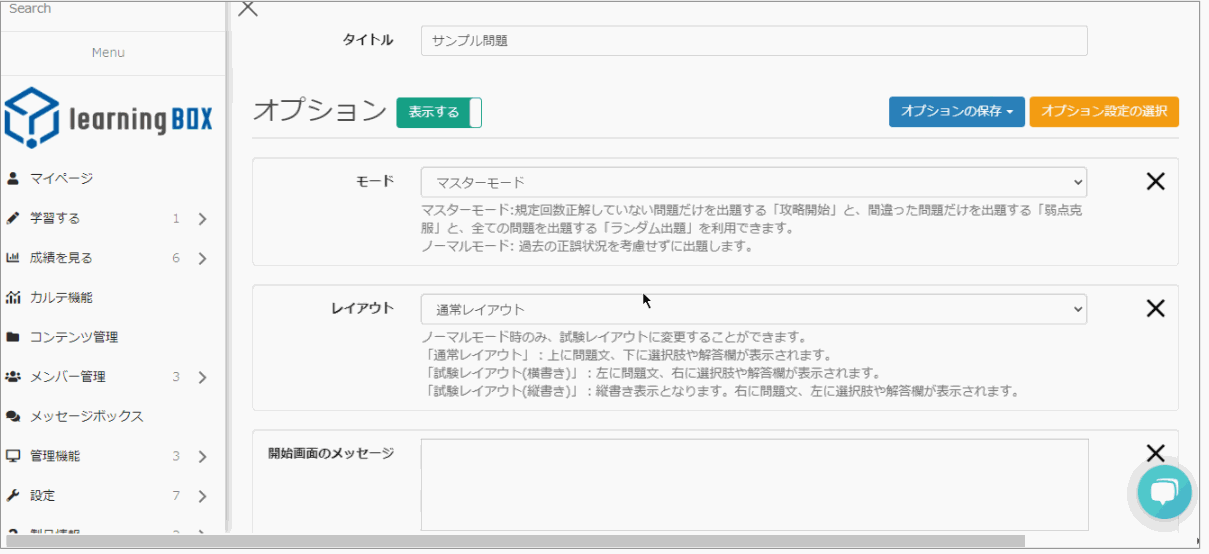
We were able to create questions with just a few simple screen operations. The quiz feature of learningBOX allows you to create more than 13 different types of questions, including not only 4 choices, but also correct/false, fill-in-the-blank, and descriptive questions.
Click here for articles related to ▼ Testing.
1)Creating Quizzes
2)Creating Tests
③.Limit attempts
Here are some of the content features of learningBOX
learningBOX is an e-learning "box" that allows you to build and manage a conventional learning environment on the web. In this box, learning materials such as videos and PDFs, questions and tests, grades, etc. are placed, and the system manages the learning.
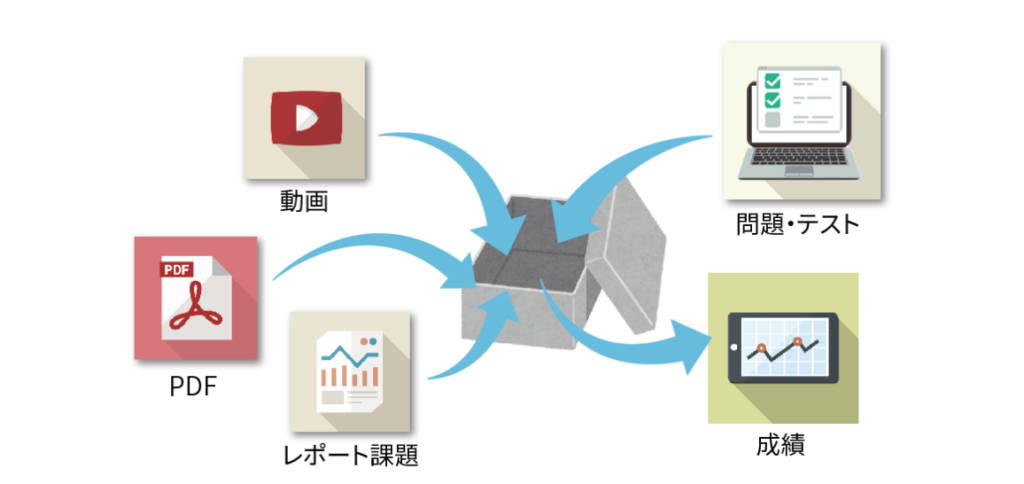
There are more than 13 types of questions in the web test and quiz creation function.
Easily create tests and exercises to check the effectiveness of training.
There is no need for printing or preparation of the training site because the teaching materials can be easily distributed on the Web.
We can create tests for all kinds of industries and fields.
You can also sell your own educational materials in e-learning format.
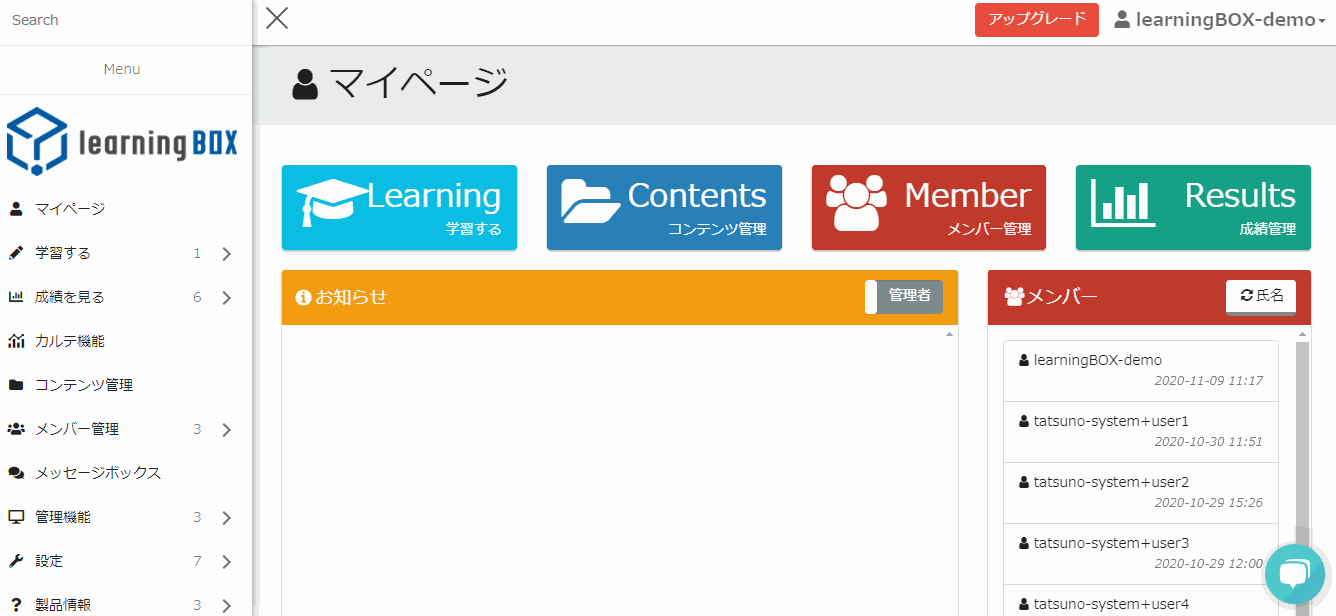
With learningBOX, you can create your own content to suit your needs. There are a total of 15 different features currently available in our eLearning system! You can read more about how to choose your content in this article.
⇒How to choose content for your learningBOX
Summary
What did you think of this blog? Output is very important for efficient learning.
learningBOX is a system that focuses on "ease of use" and "low cost". You can use learningBOX for free for up to 10 accounts for an unlimited period of time.
Try our ease of use! Registration is easy and can be done here. Thank you for reading this article.
- Use eLearning to improve your score efficiently! Recommended learn...
- Publish quizzes on the Internet using e-learning
Comment ( 0 )
Trackbacks are closed.
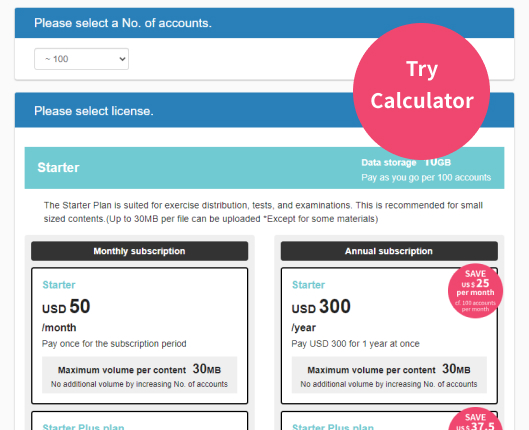

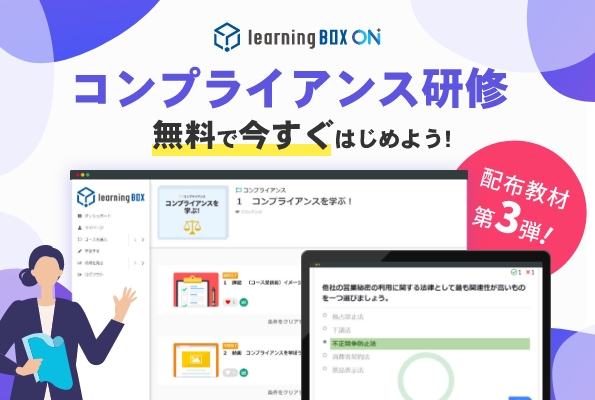

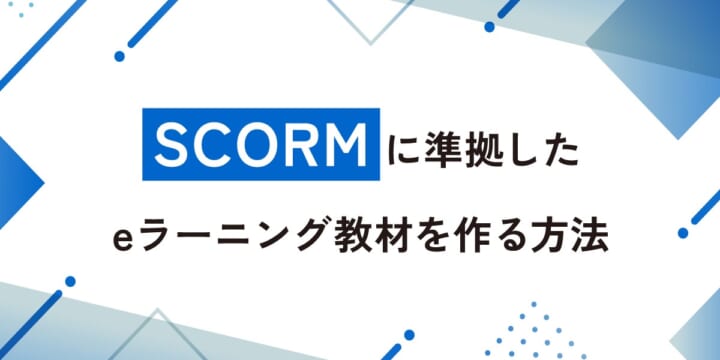



No comments yet.